
IUCN STATUS
Vulnerable
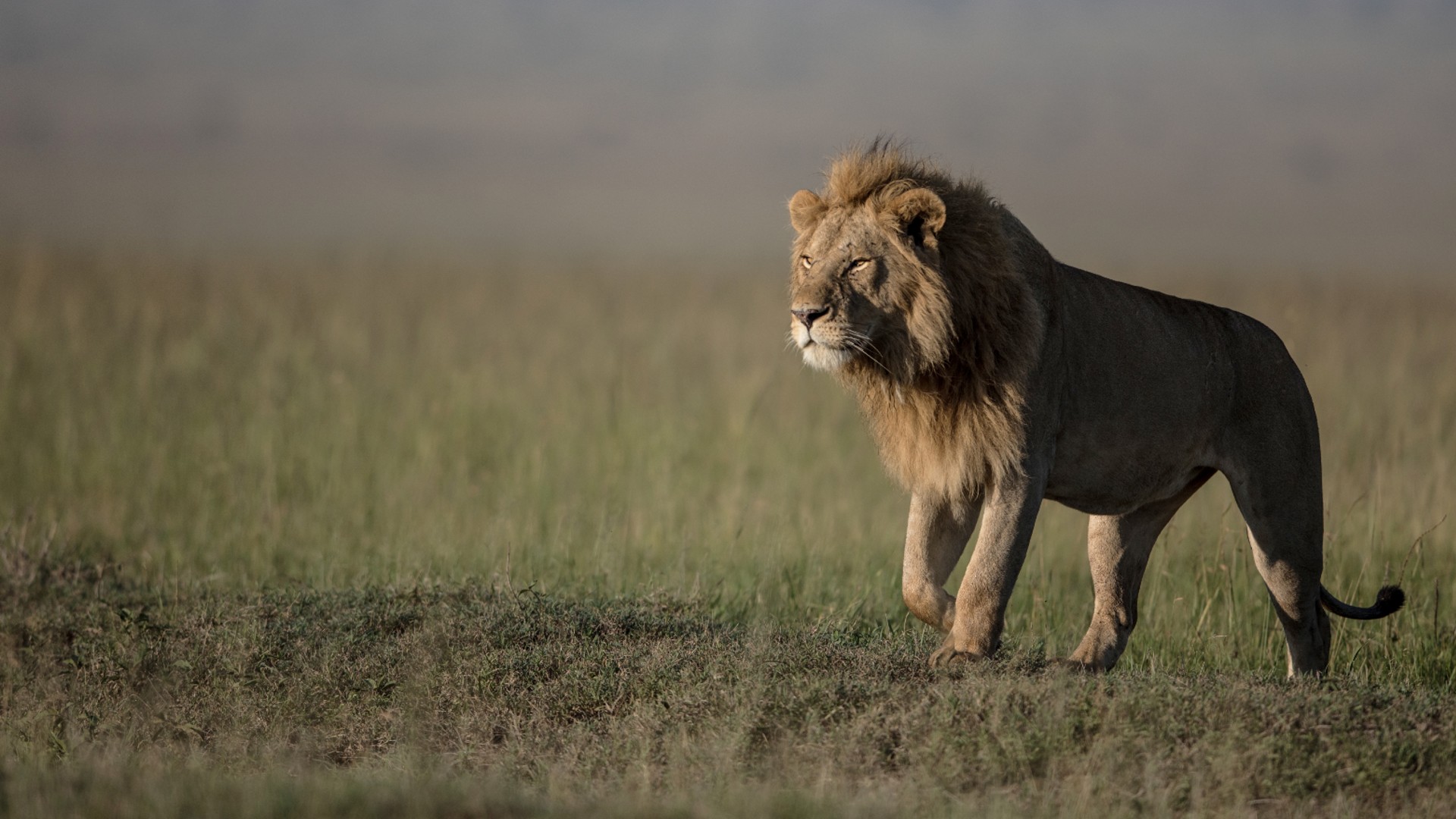
Panthera leo
Lions are also culturally significant to many people, often symbolising courage, and strength. The global population of lions is estimated to have decreased by 8% between 2018 and 2023.

Vulnerable

~23,000* in Africa; ~670* in India (subadult and adult lions); declining. Last assessed 2023
* According to the International Union for the Conservation of Nature (IUCN)

Carnivorous

Forest, savannah, shrubland, grassland, desert

Sub-Saharan east Africa and the Gir forest in India

Female lions can weigh between 122kg and 180kg whereas the males can weigh between 150kg and 260kg. Males can grow up to 2.5m in length

Human-carnivore conflict and retaliatory killings (shooting, spearing, snaring, poisoning); habitat loss; prey depletion, trophy hunting, captivity
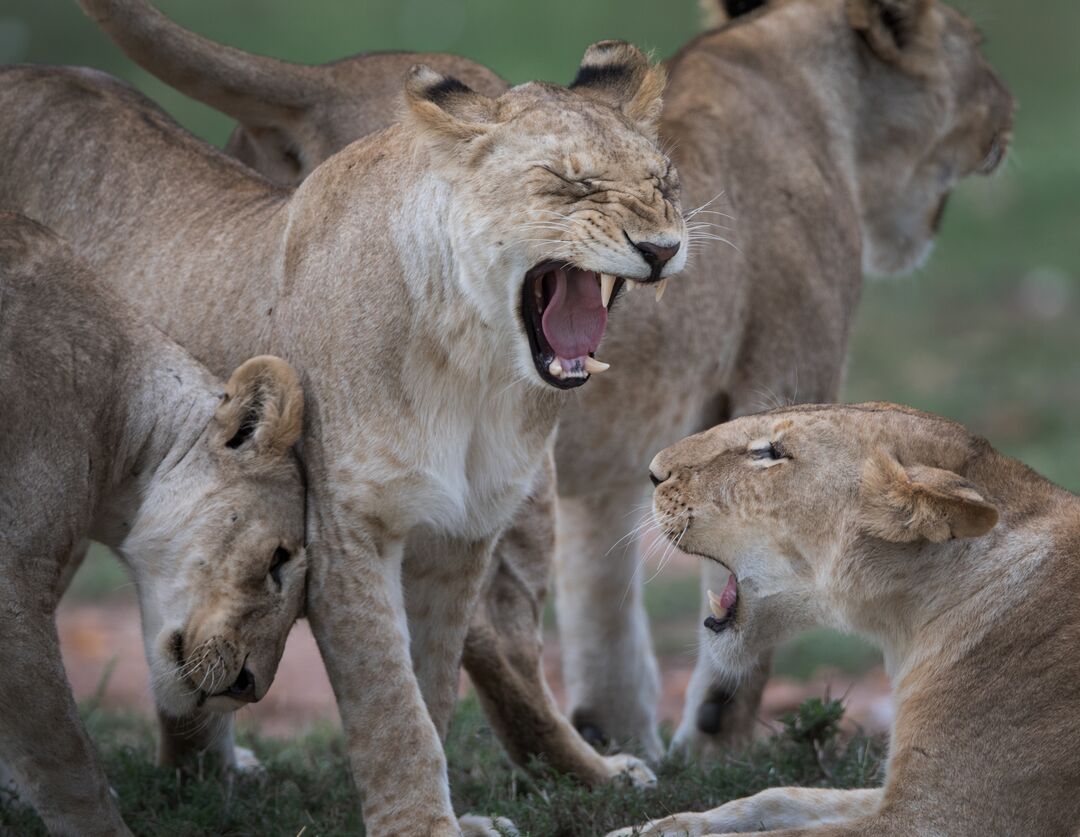
The roar of a lion can be heard up to 5 miles (8km) away!
Lions, have extremely powerful muscular bodies and excellent senses. They are the second largest felid (cat), behind the tiger. Adult males are larger than females, and only the males exhibit a mane.
The colour of their fur can vary significantly, from light grey, yellowish-red to a dark brown. Newborn cubs are often born with dark spots which fade as they mature. Both males and females have a dark hairy tuft at the end of their tail.
Amazingly, lions get all the water they need from eating their prey, meaning they can live in a wide range of habitats across Africa, from South Africa to Sudan and from Kenya to Nigeria. In fact, the only areas they can’t be found are the tropical rainforests of central Africa or the extremely dry interior of the Sahara Desert.
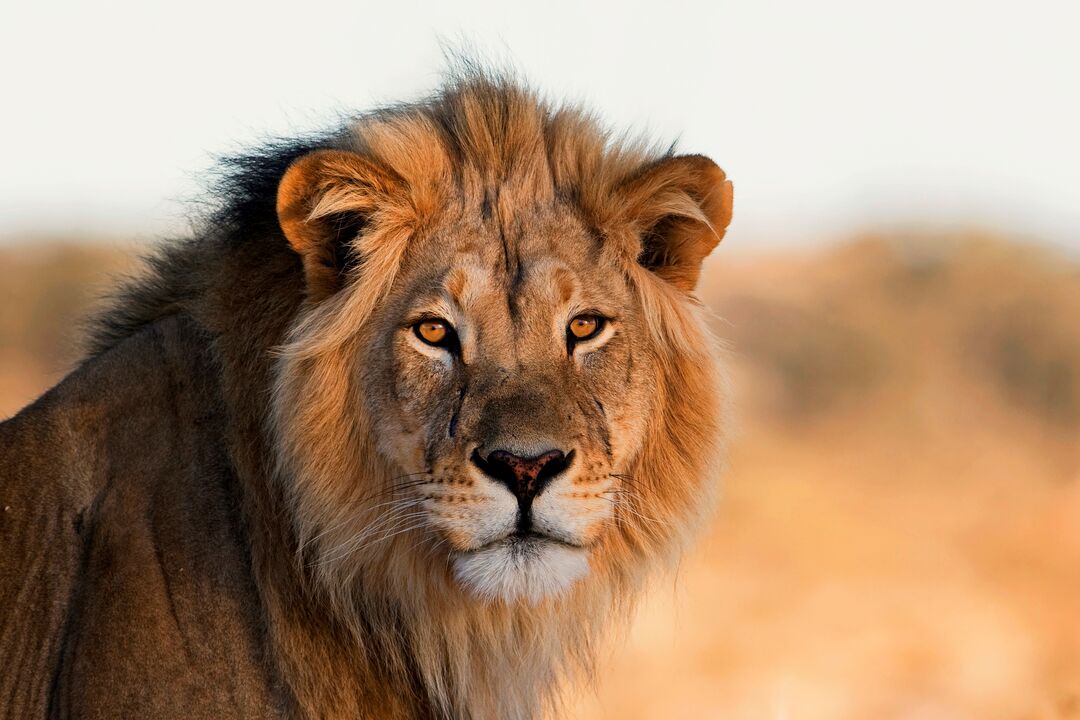
A magnificent wild lion © iStock
Lions are the only big cats that live and hunt in family groups, or prides, with the females doing most of the hunting and the males responsible for protecting the pride’s territory.
Prides vary greatly in size, but can include up to three male lions, around a dozen female lions, and their young. Typically, the lionesses in the pride will be related to one another, with the female cubs staying with the group for life. Young males leave the pride, often in small coalitions, and live a wandering existence until they may establish a pride of their own by taking over another group headed by another male, in which case they almost always kill the prides’ cubs.
Lions communicate with other members of their pride, or assert their claim over a territory, by roaring. Both males and females can roar, and they possess large vocal chords, which allows their roar to travel for miles over the savannah.
Mating occurs throughout the year, with females giving birth to a litter of between one and four lion cubs after a 110-day pregnancy.
Lions will hunt almost any animal they can, from small rodents, up to rhino. However, the bulk of their diet comprises medium to large hooved mammals including buffalo, antelope, wildebeest, impala, warthog and zebra. Lions also scavenge, and will steal the kills of other predator species, such as spotted hyenas.
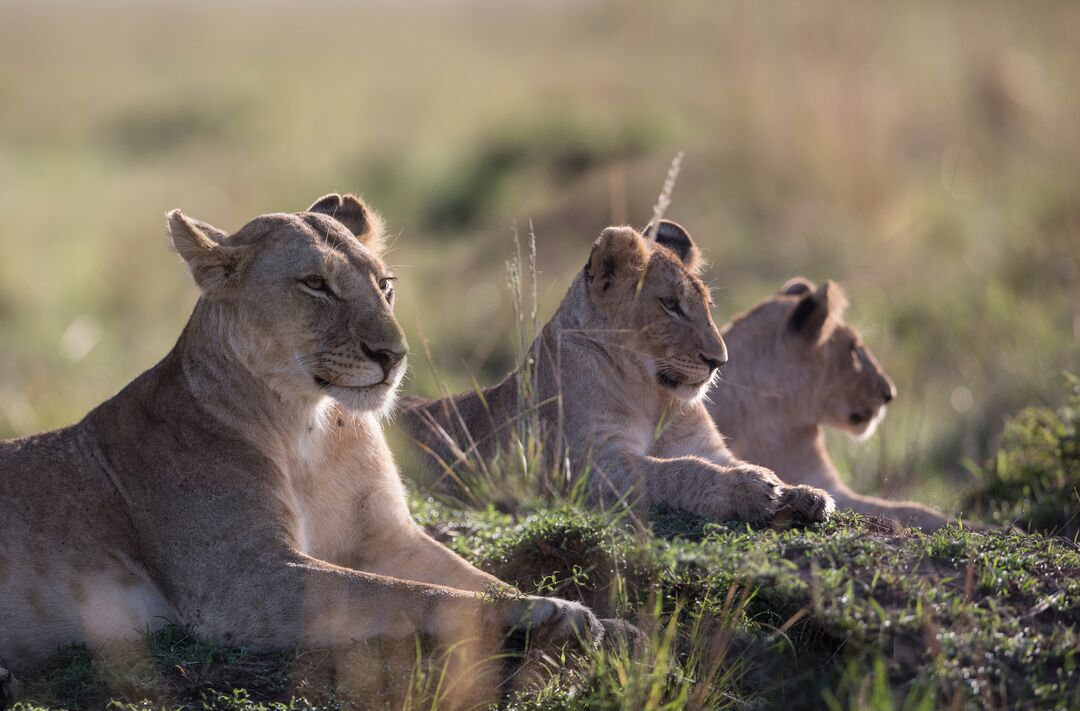
Young lions lying together © George Logan
One of most significant threats to lions is the issue of human-carnivore conflict. Lions may kill livestock, especially in areas where their prey has been depleted. Livestock are central to pastoralists’ livelihoods, and the economic, social, and psychological impact of this loss is significant, so as a result, they may retaliate and kill lions, by poison, spears, guns or snares.
Lion populations are also at risk from habitat loss, degradation, and fragmentation. As human populations expand, a greater area of lion range is converted into agricultural land, or land for settlements and industrial development.
The prey available to lions has been reduced by the bushmeat trade, meaning lion populations have become increasingly fragmented as they move to different areas to find food. Prey depletion also increases human-wildlife conflict as lions turn to livestock as an alternative source of food.
In some countries it is sadly still legal to shoot lions for sport. Born Free has an ethical objection to the killing of any animal for pleasure. We also strongly disagree with the claims made by some that ‘science’ suggests trophy hunting provides significant net benefits for conservation or rural communities. On the contrary, there is a great deal of debate and differing opinion on this issue within the scientific community.
Many lions are captively bred for the cruel practice of canned hunting, where the lion (or other wild animal) is “hunted” in a confined area from which they cannot escape. These individuals are often hand-reared and used as props for photos with tourists as cubs, before being transferred to canned hunting facilities when they become to big to handle, to be shot by paying trophy hunters, and their bones and other body parts sold into local and international trade.
It is a cruel practice that is sadly flourishing in certain countries. In South Africa there are an estimated 8,000 captive-bred lions set to suffer this fate.
Lions are naturally wide ranging and suffer in captivity. The space provided, social interactions, diet, climate, and proximity of humans are a far cry from the lives these species have evolved to lead in the wild and the damaging effects on individual captive animals can be huge. Many lions are bred in captivity for use in zoos and circuses, or sold as pets. They are also exploited as living props for photos and selfies.
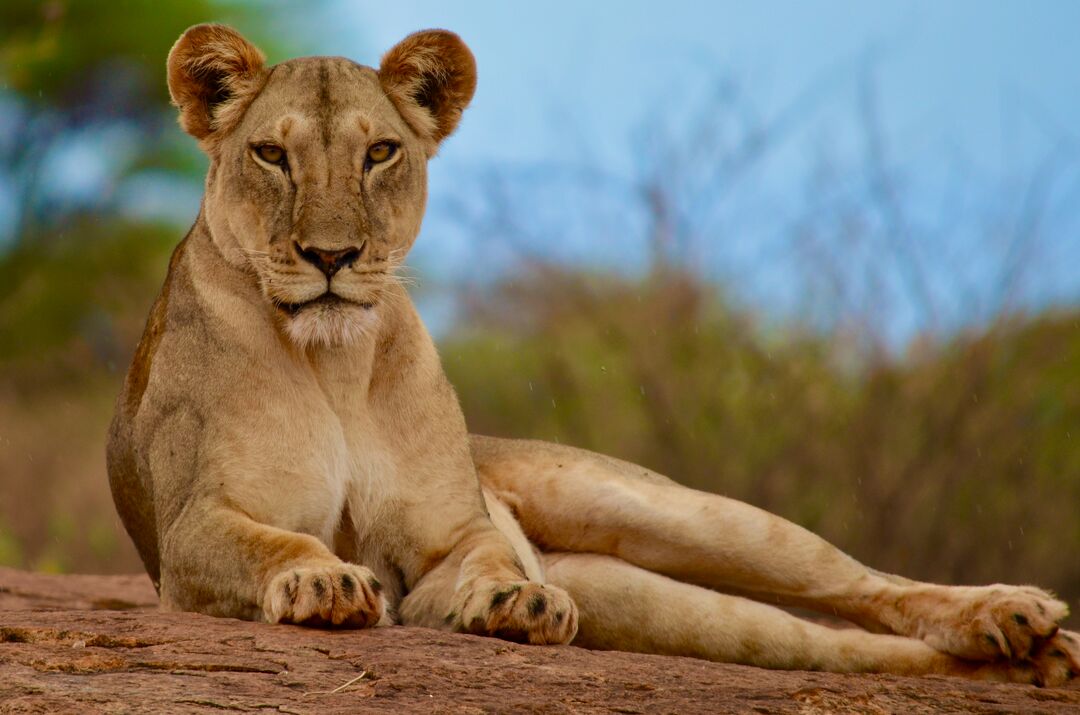
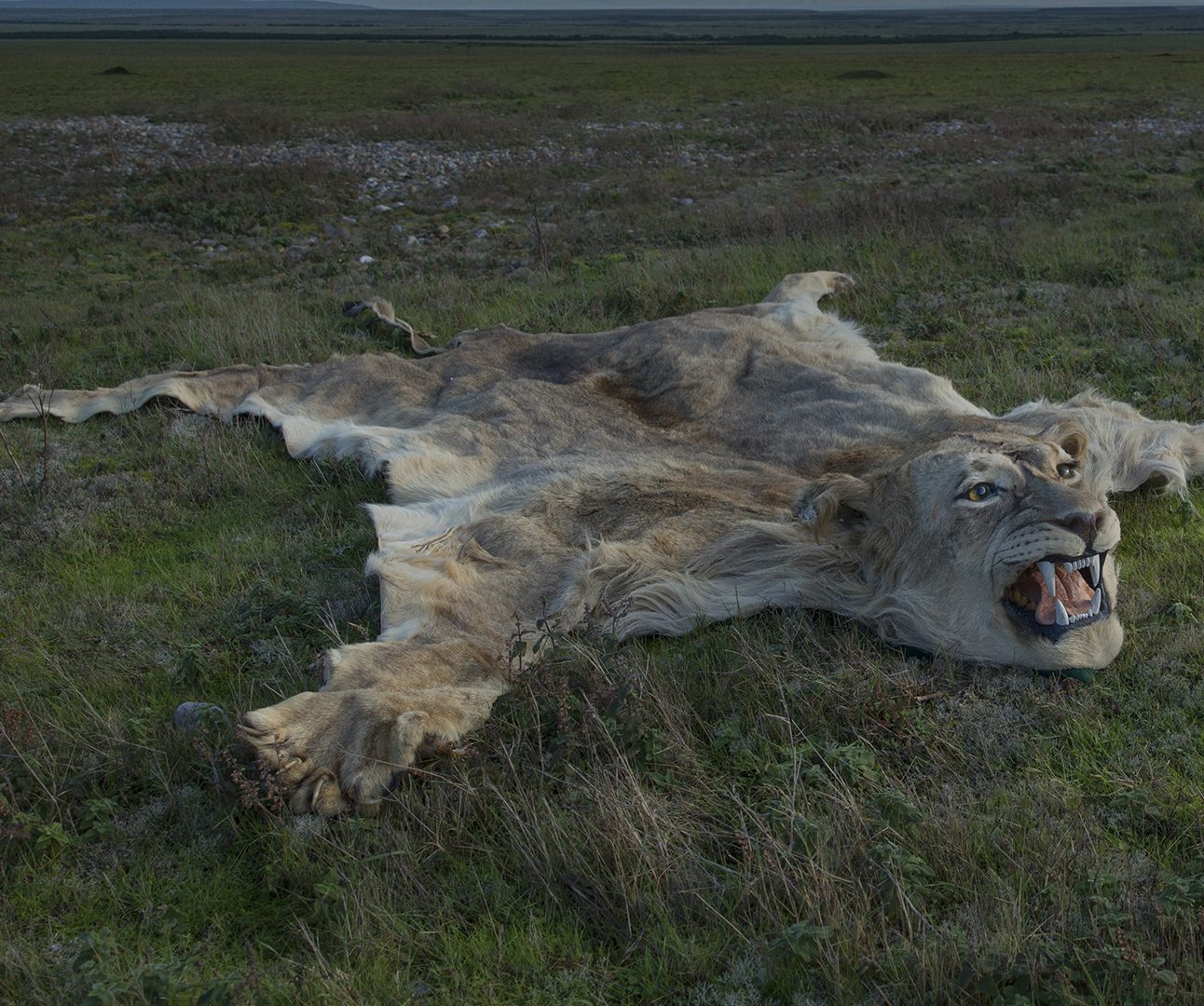
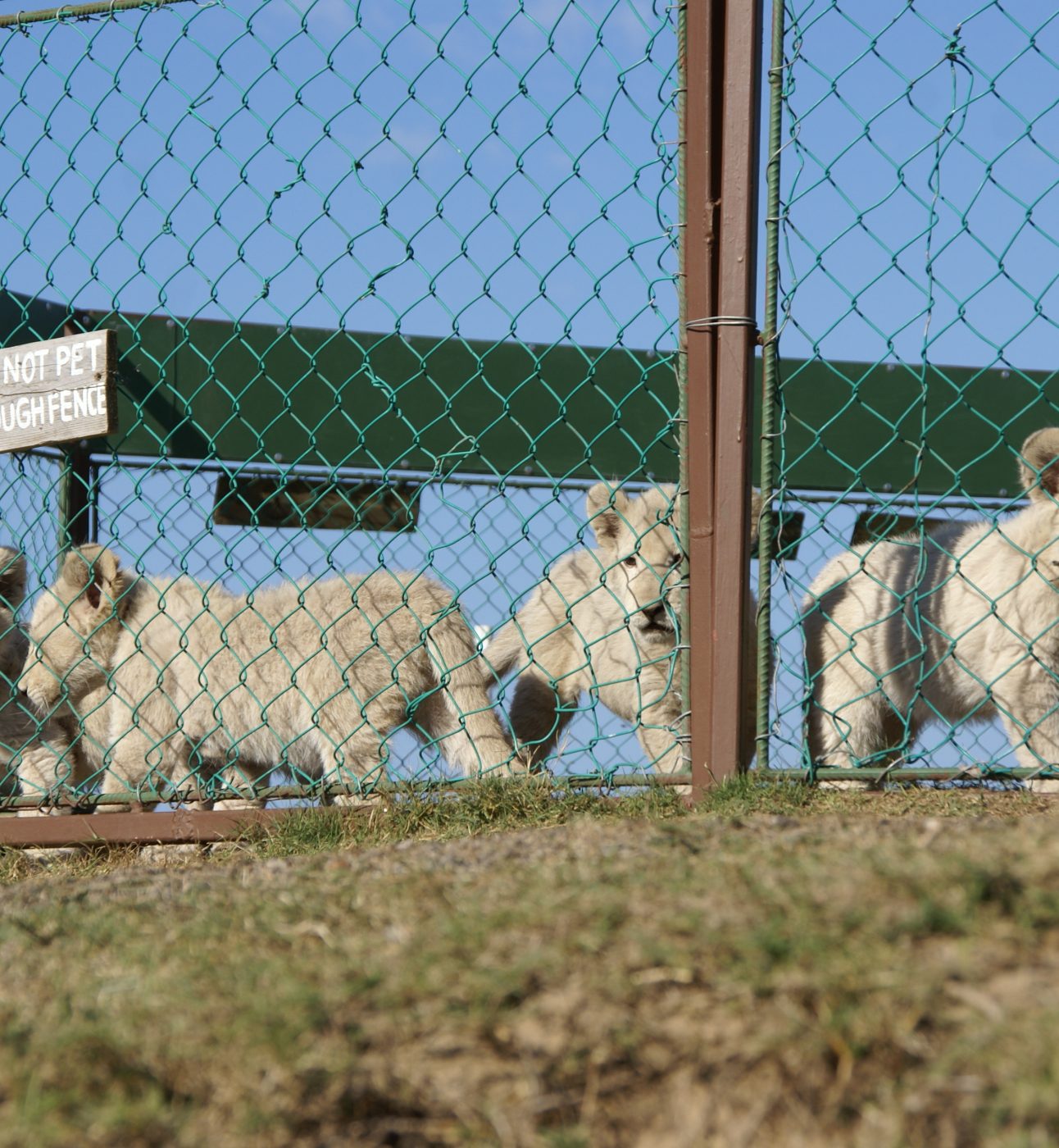
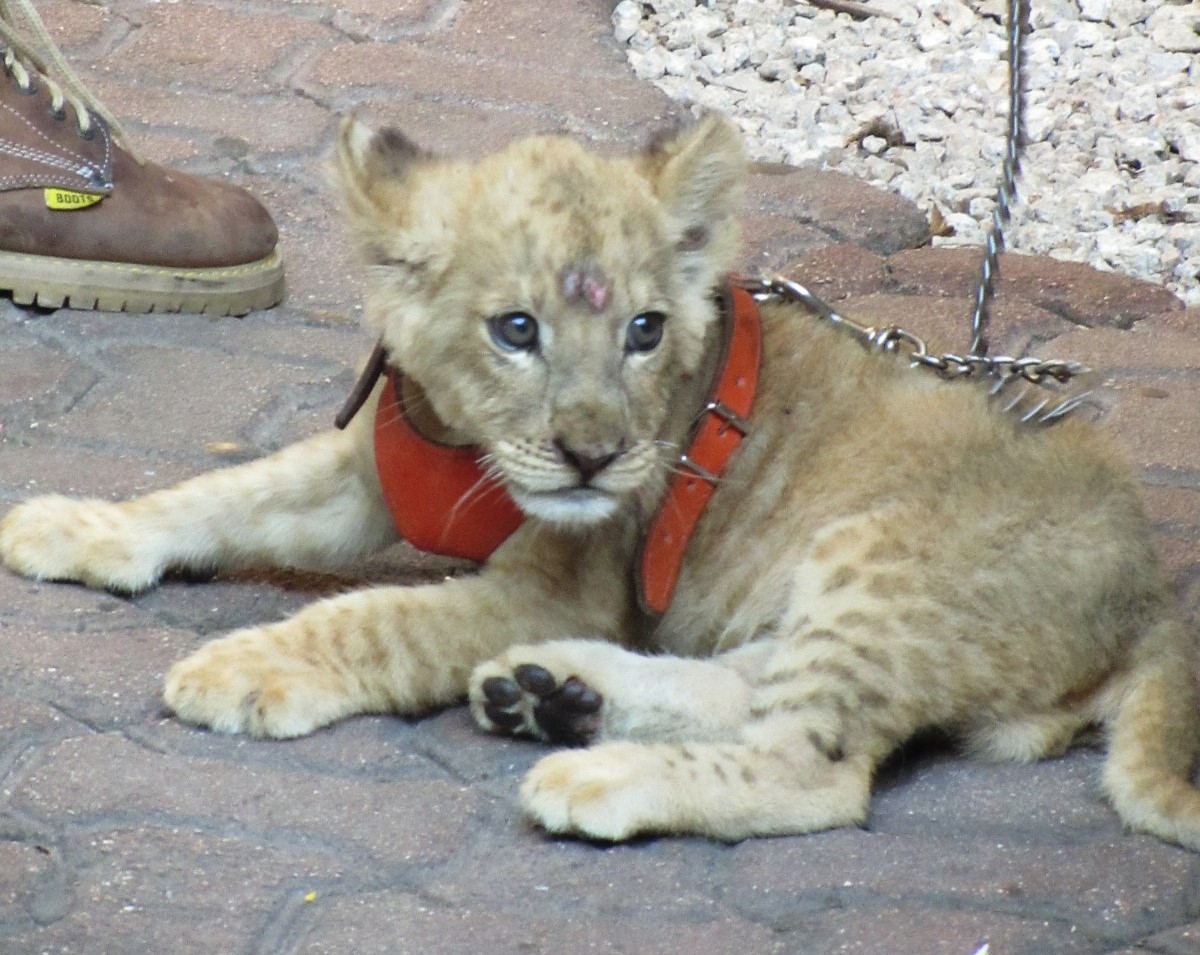
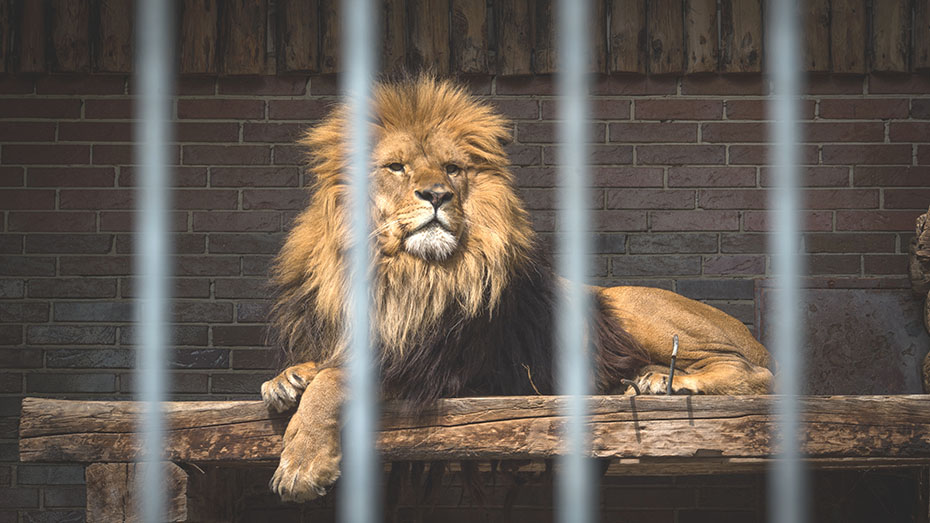
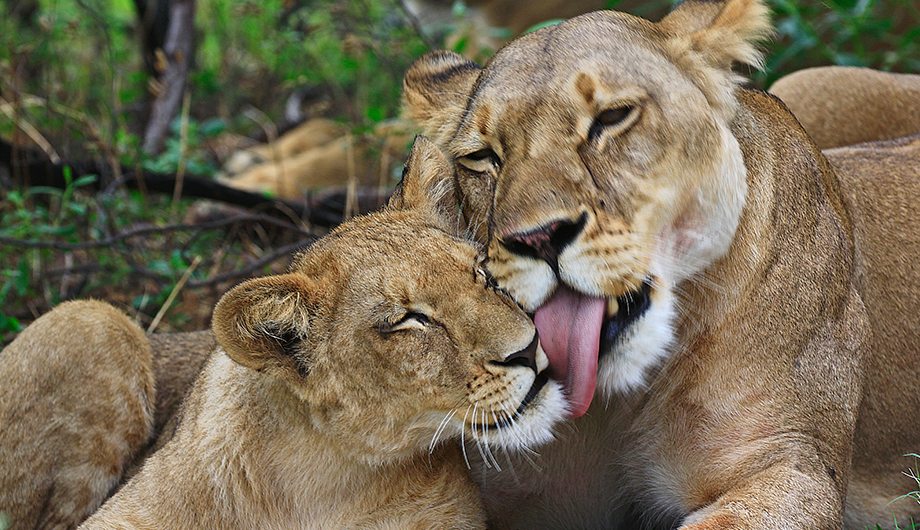
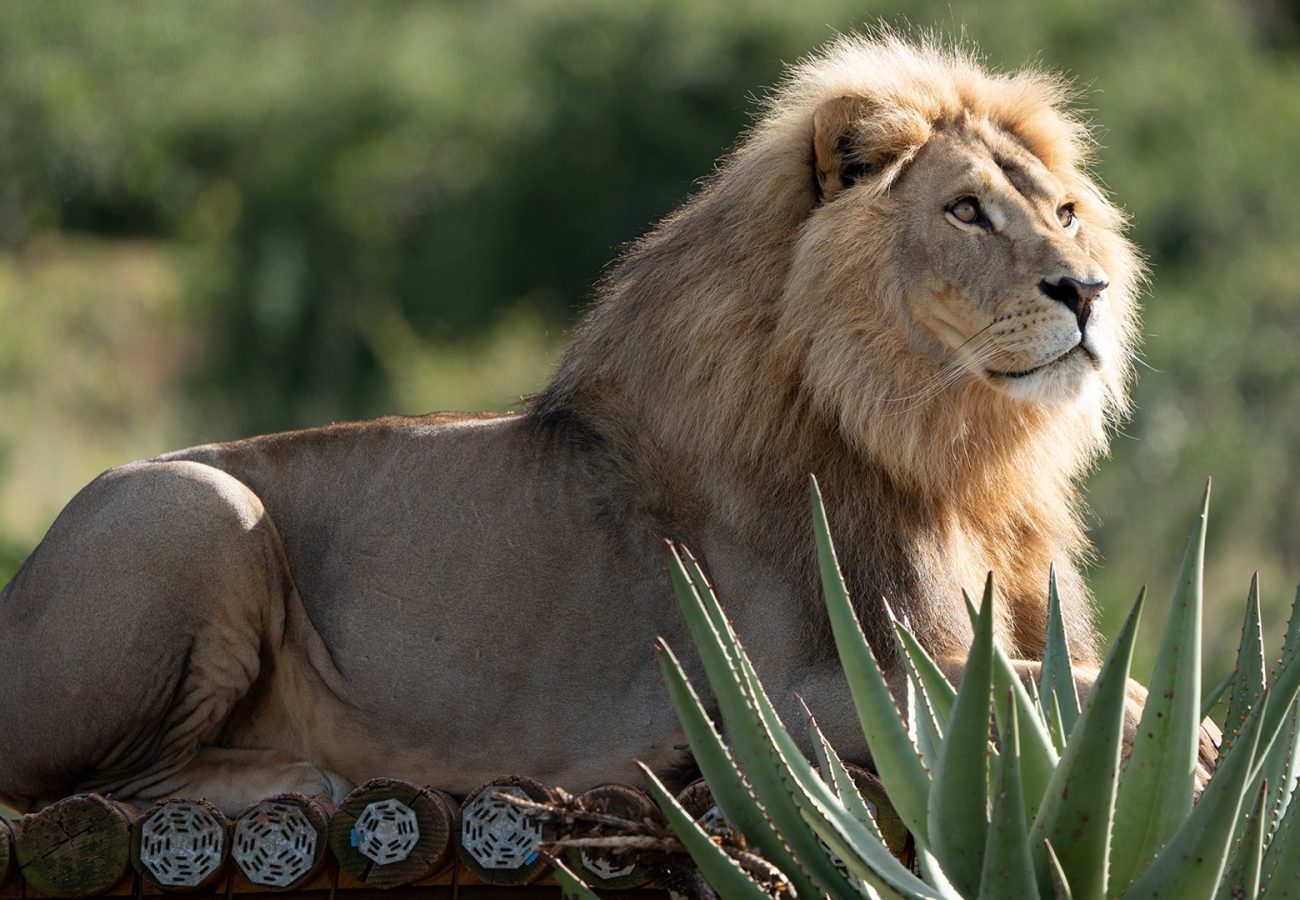
Adopt a lion with Born Free today, to help us monitor and protect wild lions in Meru National Park, and provide support and care for rescued lions who live at our Shamwari Private Game Reserve.